This article compares bonded vs non-bonded automobile bushing differences with a focus on engineering behavior, manufacturing, testing, installation practice, failure symptoms, and clear selection criteria. The goal is practical guidance for suspension, subframe, engine-mount, and steering applications.
Design principles and mechanical behavior
Bonded automobile bushings have the elastomer chemically or vulcanically attached to a metal shell or sleeve so relative motion between rubber and metal is eliminated. Non-bonded bushings allow relative motion between the inner sleeve, elastomer, and outer housing; the elastomer may be free, captive, or supported by a separate sleeve or liner.
Load paths and stiffness
Bonded designs transmit load through the elastomer directly into the metal shell, producing higher radial and torsional stiffness for the same material durometer. Non-bonded designs introduce controlled slip, localized shear zones, or low-friction liners that reduce transmitted torque and provide progressive compliance.
Relative motion and damping
Bonded bushings rely on material hysteresis for damping; their damping is predictable but concentrated in the elastomer. Non-bonded bushings add frictional damping from sliding interfaces or fluid-filled cavities, which can damp different frequency bands and change behavior with service conditions.
Manufacturing methods and implications
Production route dictates long-term performance and repairability. Typical bonded processes include in-place vulcanization, injection overmolding onto pre-formed metal sleeves, or adhesive bonding with surface treatments. Non-bonded bushings use separate metal sleeves, liners (PTFE, UHMW), or grease-filled cavities assembled after elastomer cure.
Surface preparation and bonding quality
For bonded bushings, metal surface cleaning, phosphating or priming, and controlled cure cycle are critical to achieve consistent bond strength. Poor surface prep or incorrect cure profiles leads to blistering or delamination under load.
Serviceability
Non-bonded bushings are often easier to replace and can be specified with replaceable liners. Bonded bushings usually require pressing out the entire assembly or replacing the component that contains the bonded element.
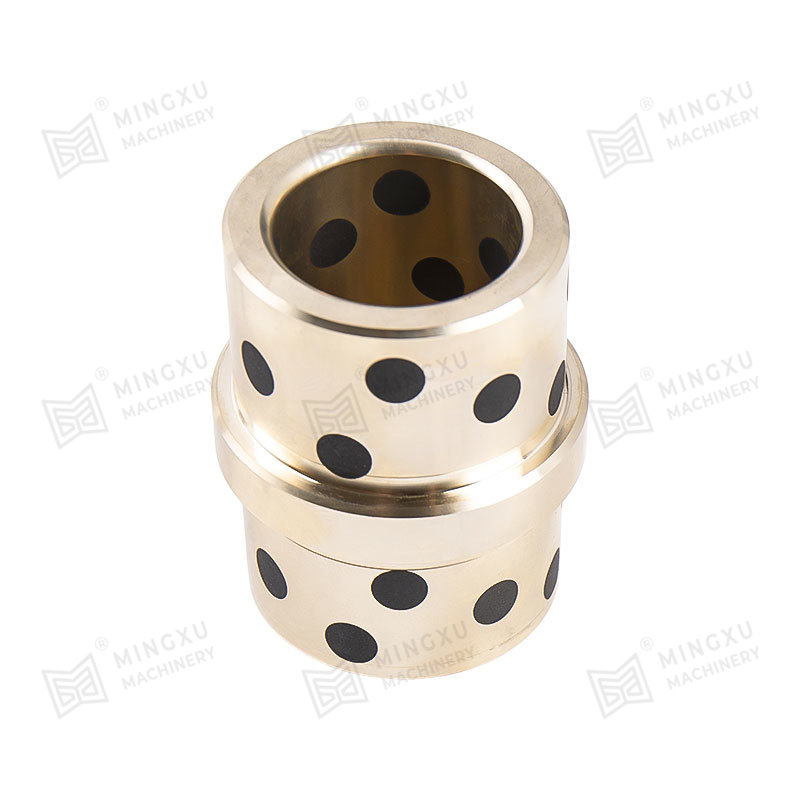
Performance trade-offs and application fit
Compare bonded vs non-bonded automobile bushing differences by application: bonded bushings suit positions where location repeatability and high stiffness are priorities; non-bonded are better when controlled compliance, serviceability, or variable damping is needed.
- Bonded: higher static stiffness, smaller geometric tolerance stack, lower micro-slip at interfaces.
- Non-bonded: controlled slip, tailored friction damping, easier in-field replacement.
- Bonded: predictable hysteresis-based damping across designed frequency band.
- Non-bonded: damping sensitive to lubrication, liner wear, and temperature.
Testing protocols and verification
Testing targets the mechanical properties that differ most between bonded and non-bonded types: shear modulus, compression set, dynamic stiffness vs frequency, frictional sliding behavior, and bond strength or delamination resistance.
Standardized and accelerated tests
Use dynamic shear testing (sine sweep and stepped sine), compression-set tests, and multi-axis fatigue rigs that reproduce expected amplitude and mean strain. For bonded bushings include peel and lap-shear tests on coupons; for non-bonded include sliding-cycle tests with the chosen liner and lubricant under representative loads.
Environmental aging
Subject samples to thermal cycling, hot-oil soak, salt spray, and ozone exposure. Monitor changes in stiffness, visible cracking, and, for bonded types, any loss of adhesion or blistering under cyclic stress.
Common failure modes and diagnostic signs
Recognize failure signatures that point to either bonded or non-bonded issues to guide repair decisions.
- Delamination or debonding at the rubber-to-metal interface — indicates bonded bushing failure from cure defects, contamination, or overload.
- Excessive liner wear, metal-on-metal contact, or grease starvation — typical for non-bonded designs with poor lubrication or incompatible liner materials.
- Cracking and extrusion under repeated compression — elastomer fatigue or incorrect durometer selection.
- Increased free play, uneven tire wear, or steering wander — system-level symptoms caused by bushing compliance change or failure.
Practical selection checklist
Use this checklist to decide between bonded and non-bonded automobile bushings for a specific location.
- Target stiffness: choose bonded when you need minimum micro-slip and highest torsional rigidity.
- Service access: choose non-bonded when field replacement or liner servicing is required.
- NVH profile: select bonded for stable hysteresis damping; select non-bonded or fluid-filled when frictional or velocity-dependent damping is beneficial.
- Environmental exposure: avoid bonded when bonding process or compound cannot tolerate expected chemical exposure; prefer non-bonded with suitable liners.
- Repair and cost: evaluate life-cycle cost — non-bonded can reduce replacement cost on high-service assemblies.
Side-by-side comparison
| Attribute |
Bonded bushings |
Non-bonded bushings |
| Stiffness |
Higher, direct load path |
Lower or tunable via slip/liner |
| Damping |
Material hysteresis dominant |
Frictional and fluid options |
| Serviceability |
Often non-serviceable; replace assembly |
Replaceable liners/sleeves; easier maintenance |
| Failure mode |
Delamination, rubber crack |
Liner wear, lubricant loss |
| Typical uses |
Control arms, subframe locators |
Steering racks, serviceable linkages |
Summary: evaluate the bonded vs. non-bonded automobile bushing differences against stiffness targets, NVH budget, service plan, and environmental exposure. Run targeted dynamic tests that replicate real load spectra and thermal/chemical conditions to validate the chosen solution before production release.




 English
English Español
Español
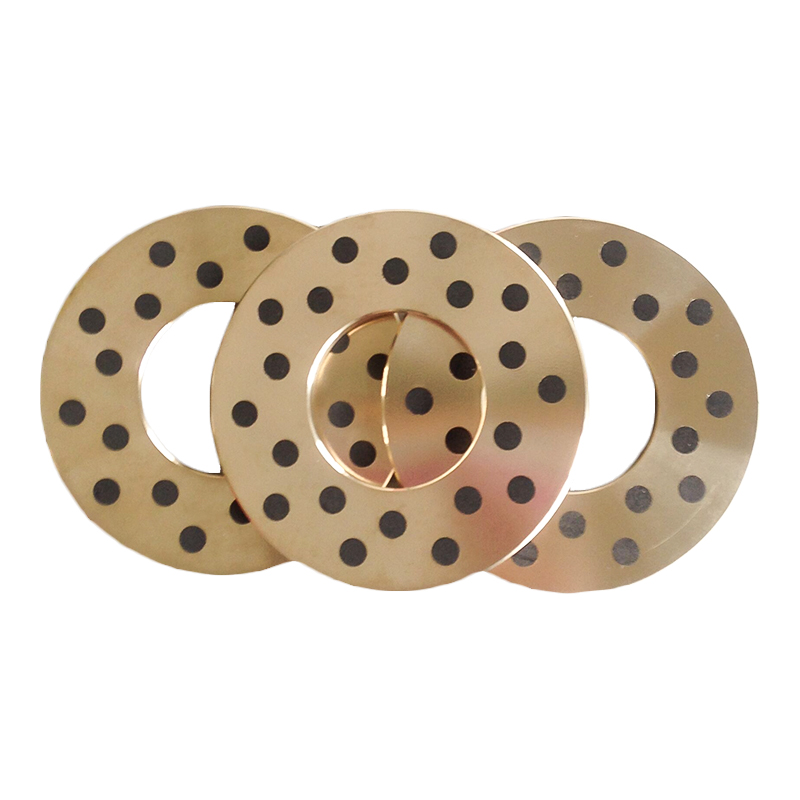
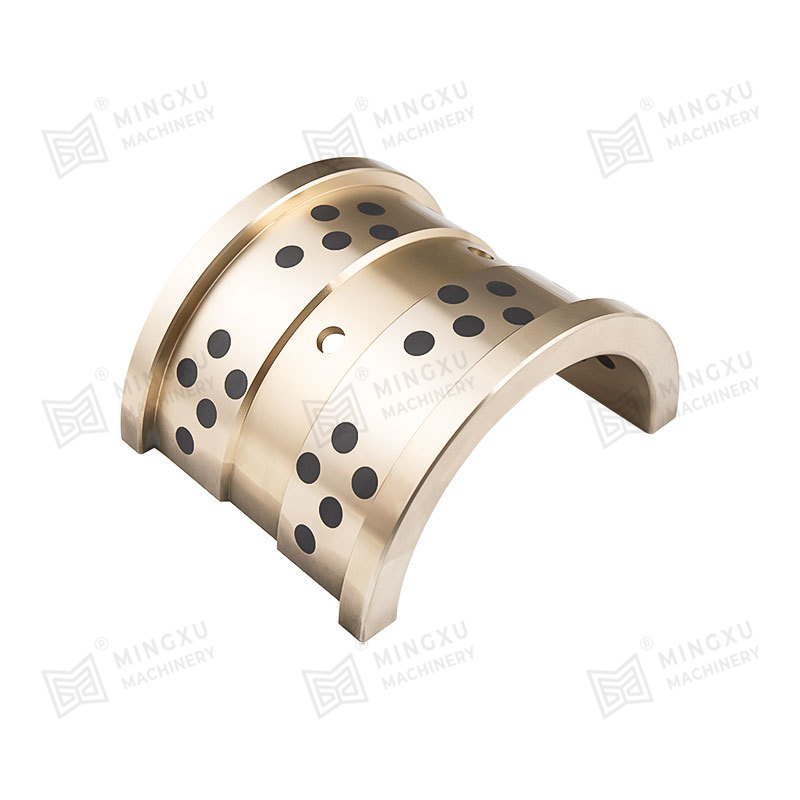
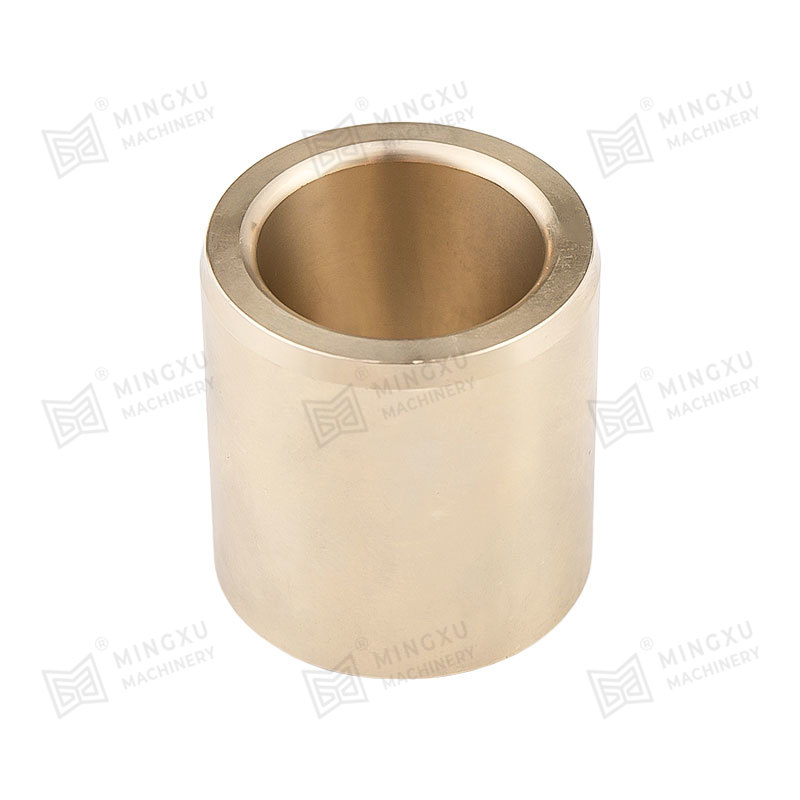
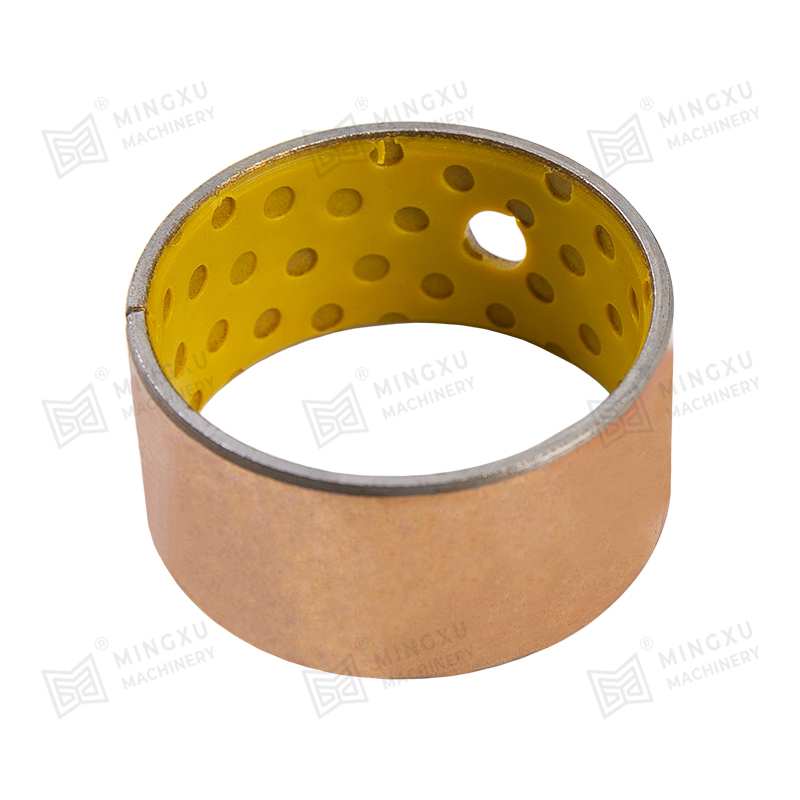
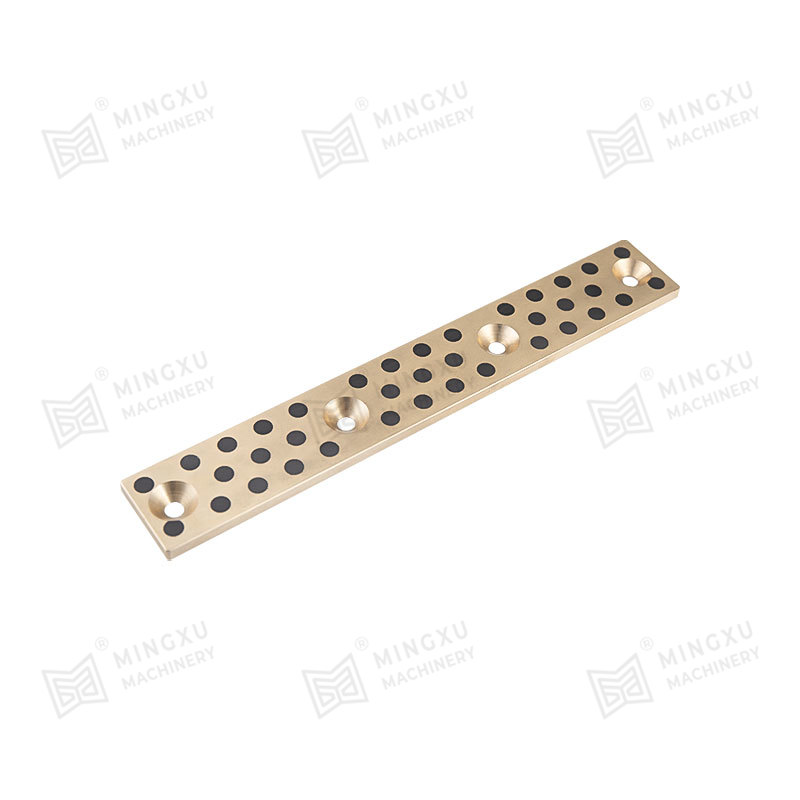
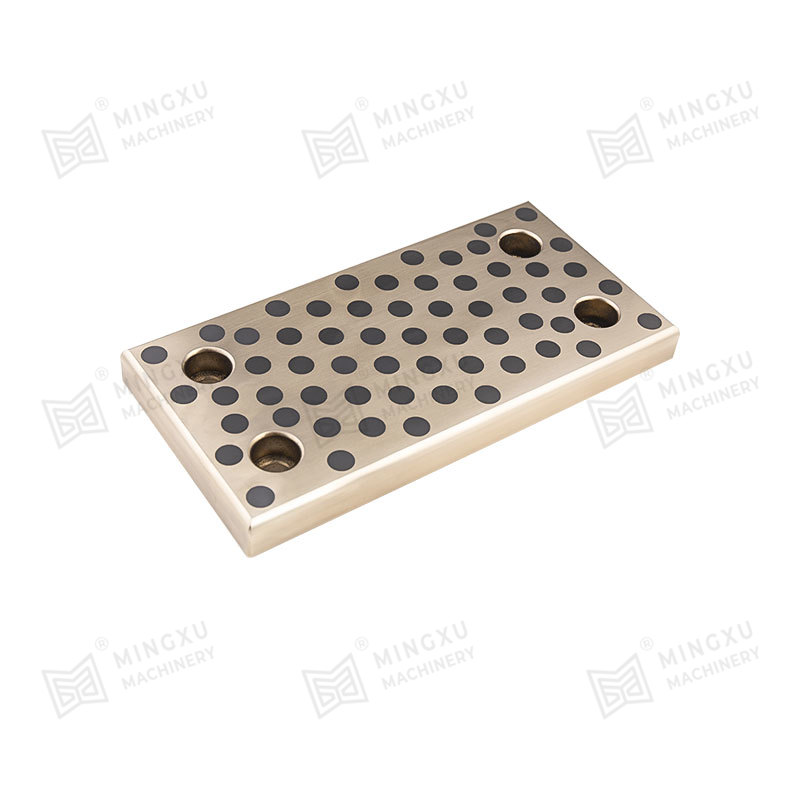
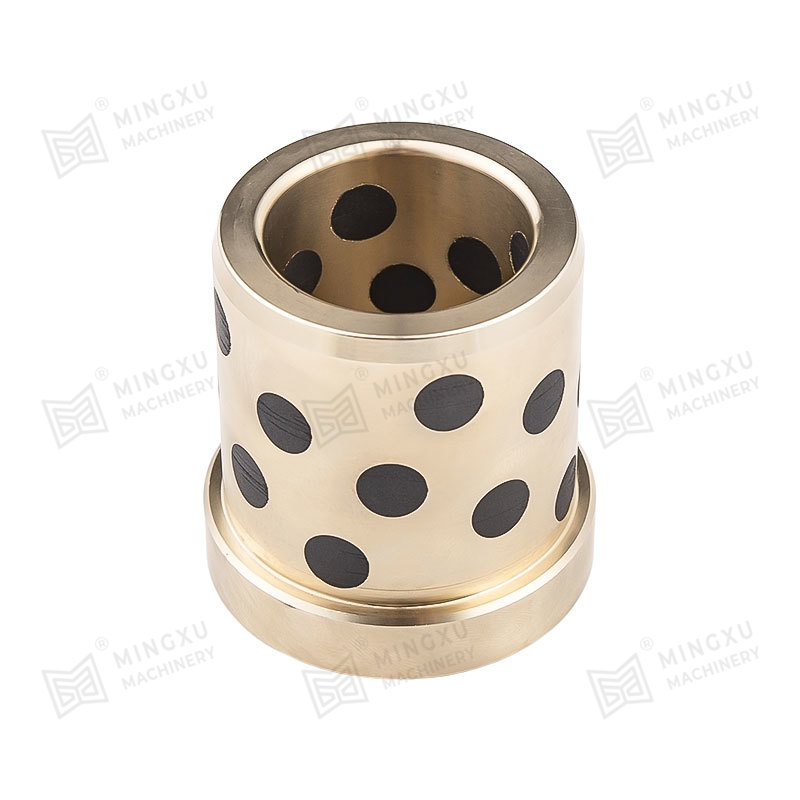
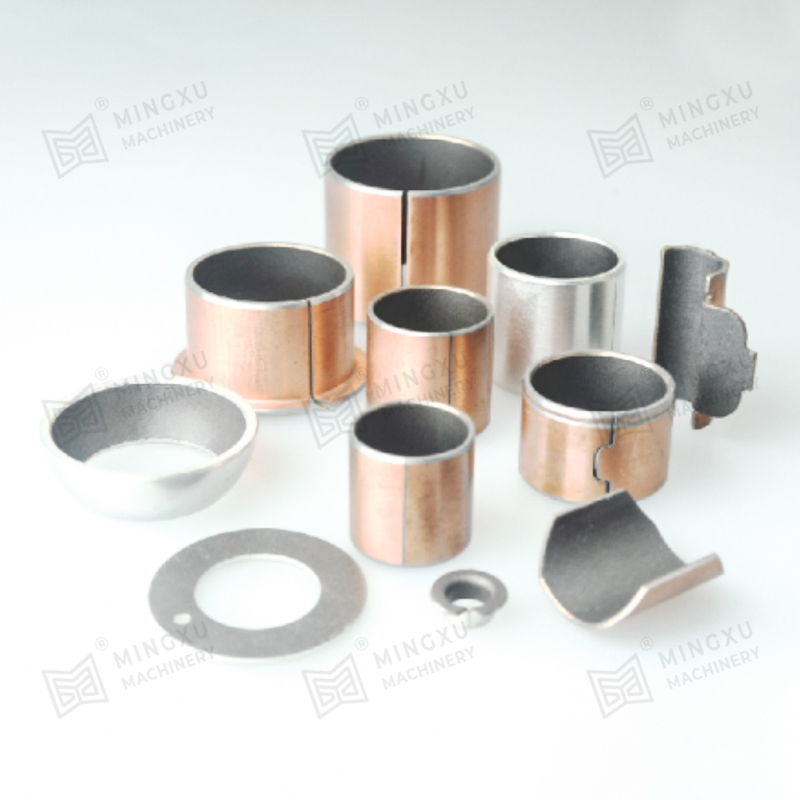
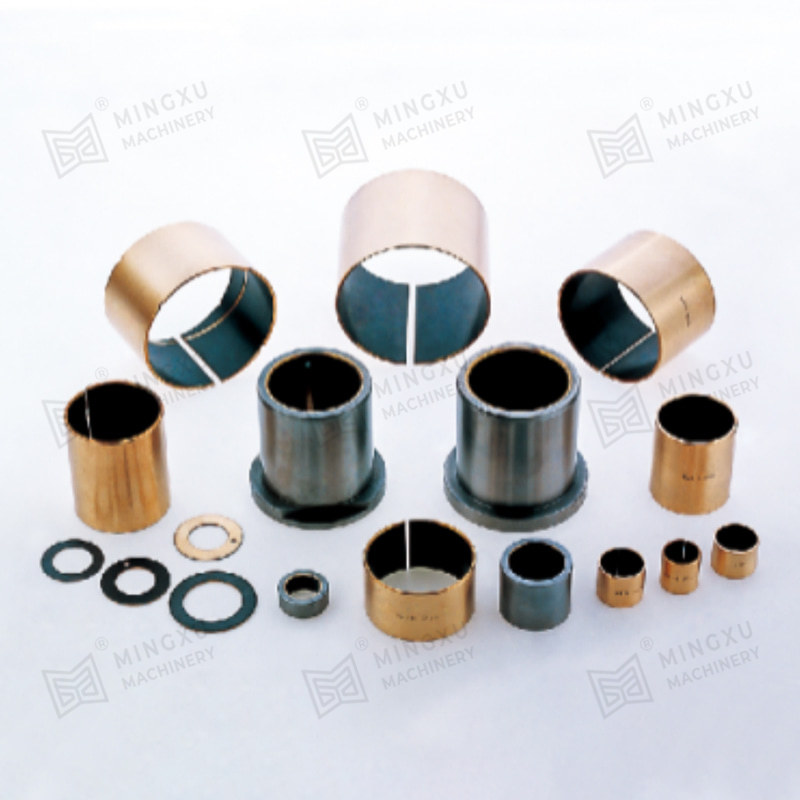
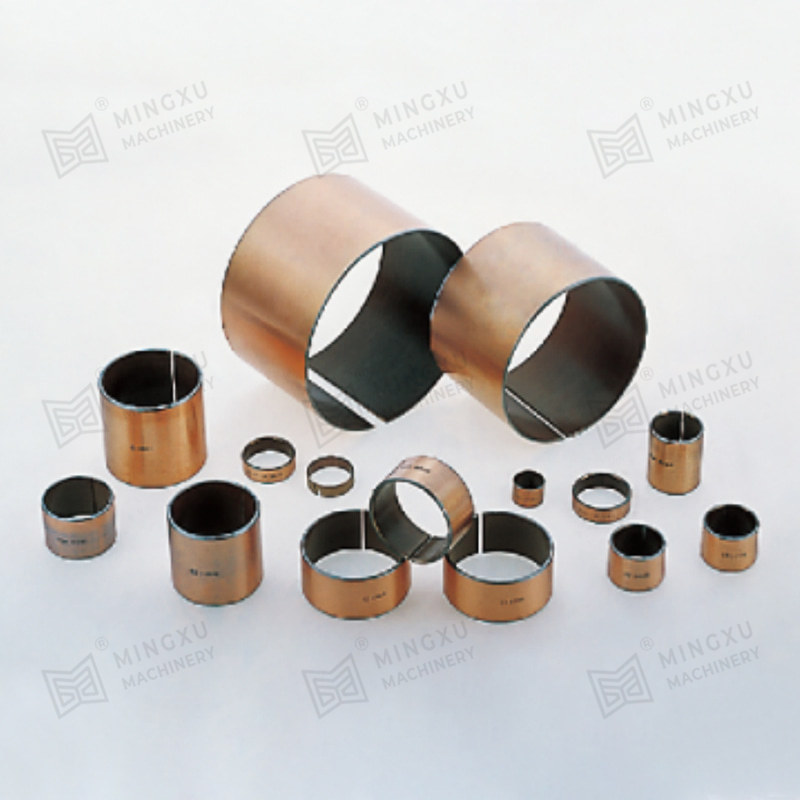







Contact Us